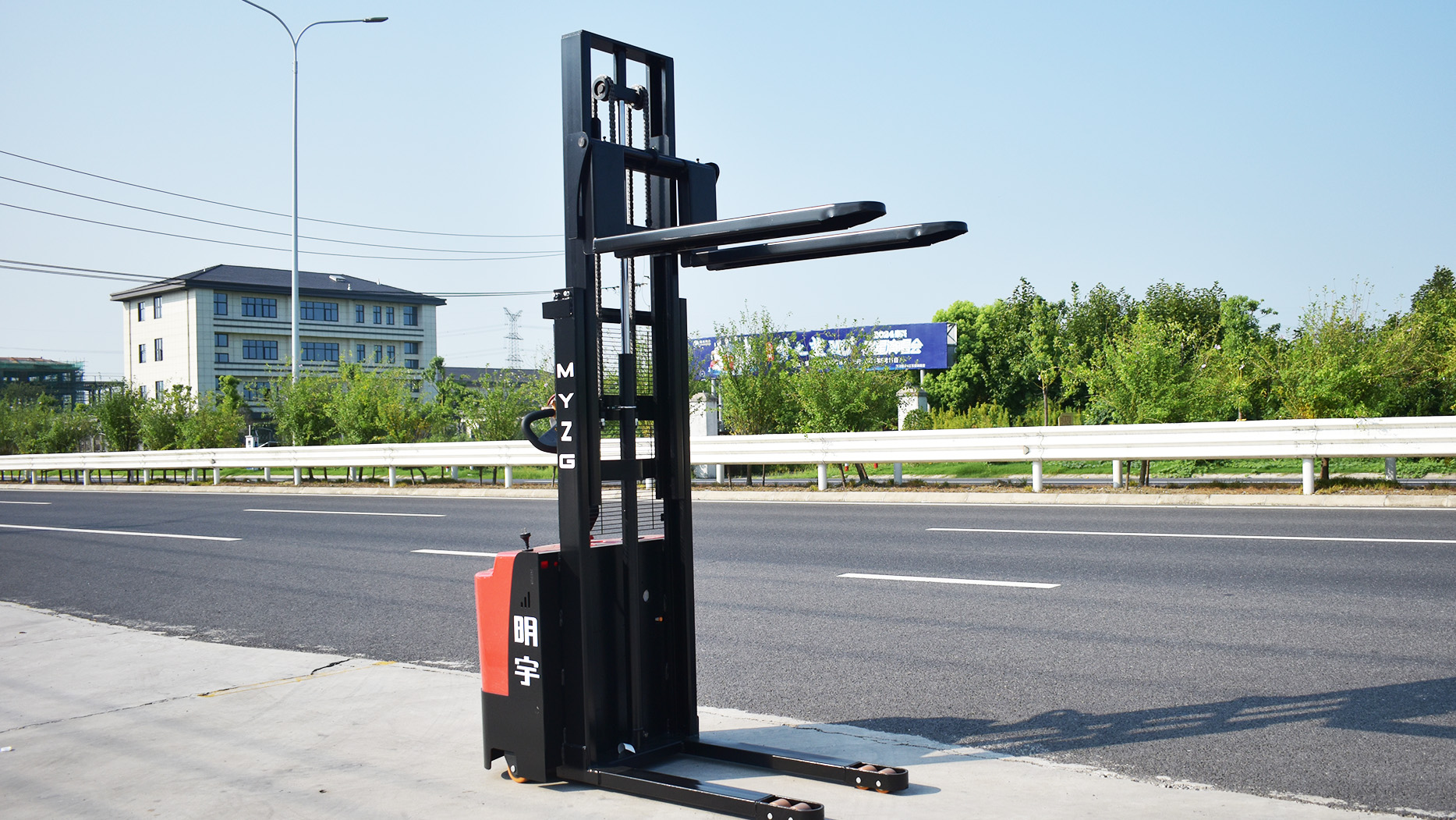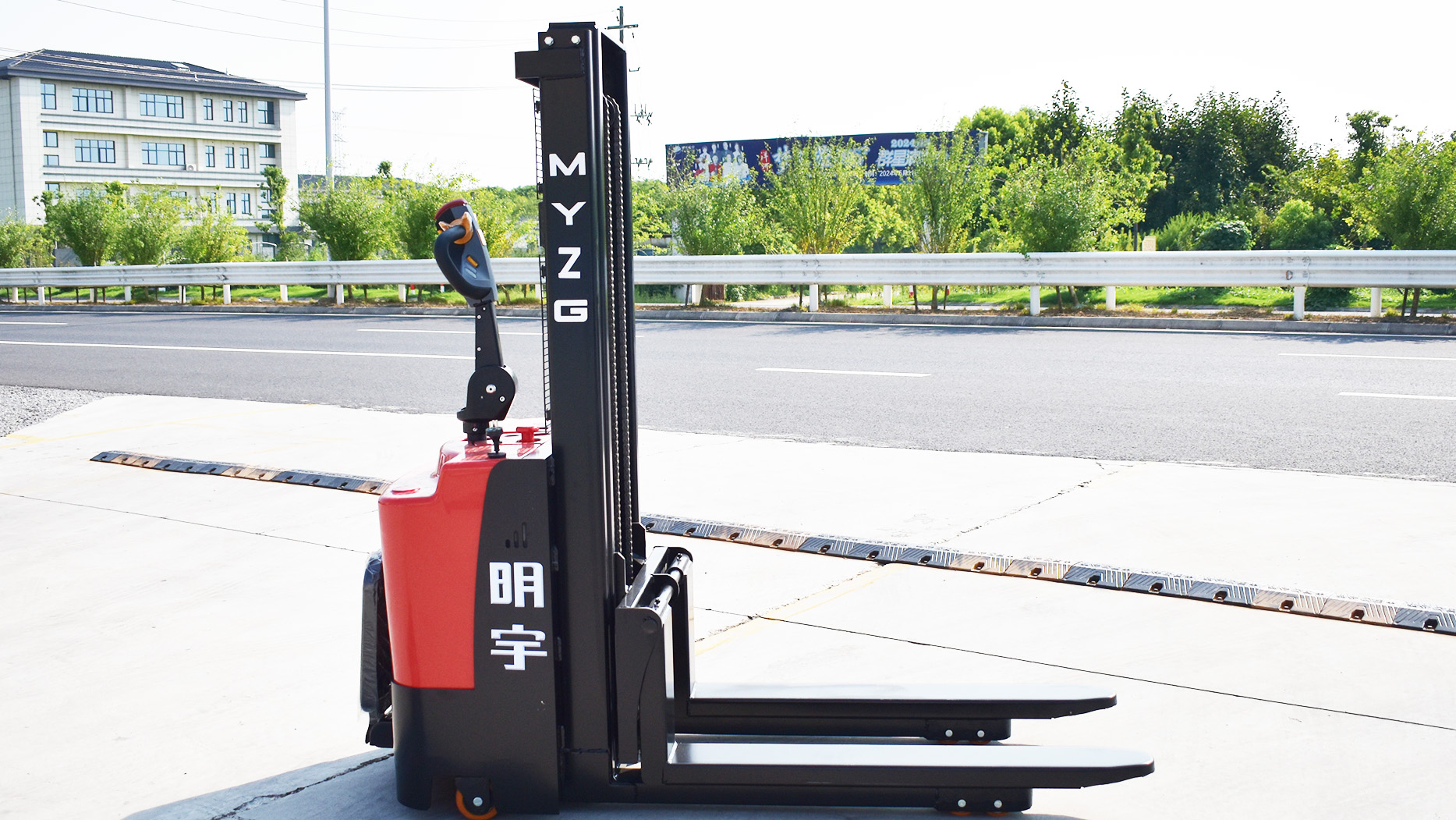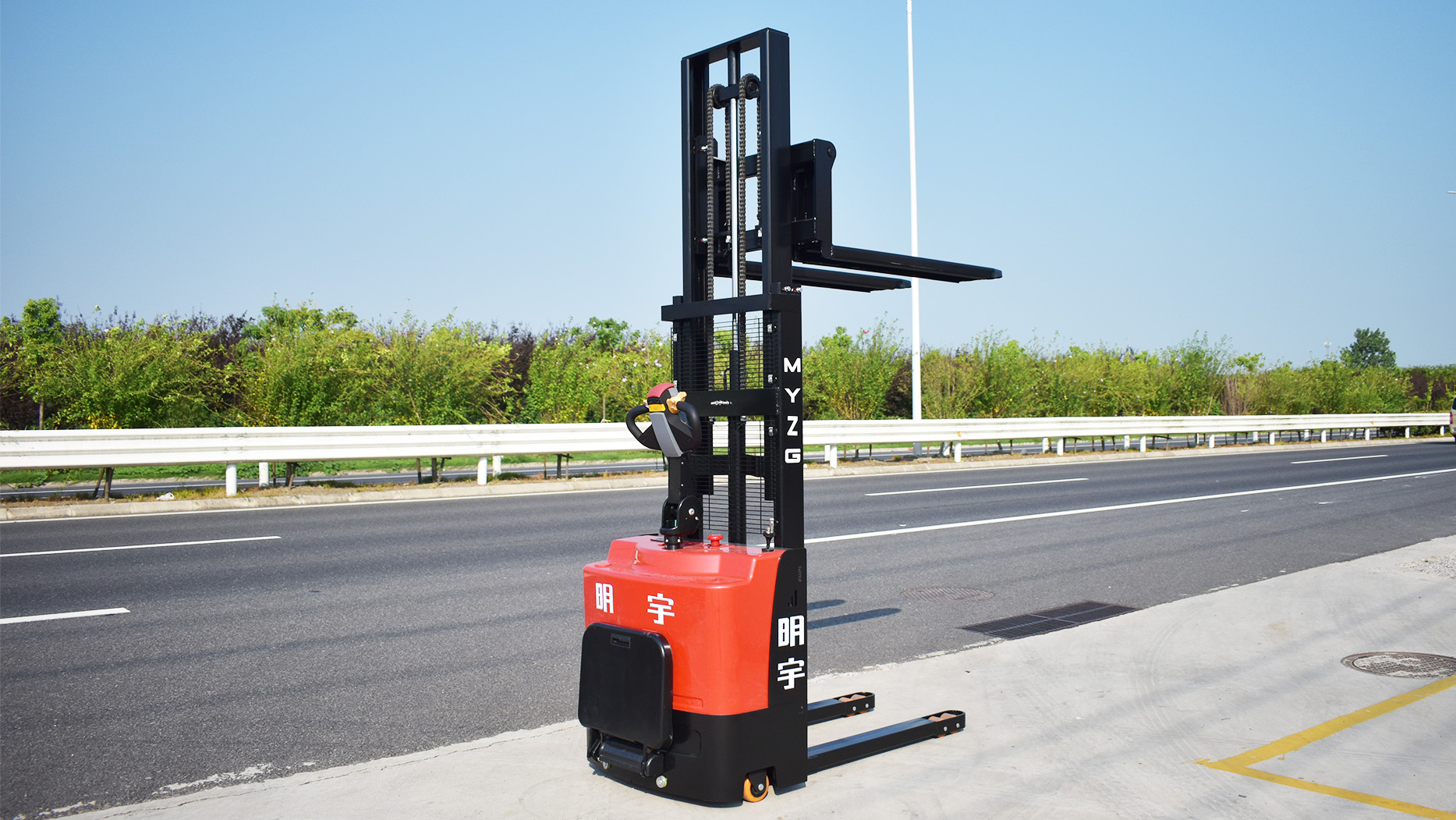Forklifts play an essential role in material handling across various industries such as warehousing, logistics, and manufacturing. The efficiency of these machines heavily depends on the performance of their batteries. Selecting the right forklift battery is crucial for maximizing productivity, minimizing operational costs, and extending the lifespan of both the battery and the forklift. With various battery options available, businesses must consider several factors to determine the most suitable type for their specific needs. This article will explore the different types of forklift batteries, key factors to consider when choosing one, and provide a detailed comparison of lead-acid and lithium-ion batteries to help businesses make an informed decision.
Forklift batteries come in several types, each offering unique advantages depending on the work environment and operational requirements. The main types include:
Advantages:
Lower upfront cost.
Reliable and durable with a well-established technology.
Available in various sizes and configurations.
Disadvantages:
Require regular maintenance, such as checking water levels and cleaning terminals.
Can be bulky and heavy, reducing efficiency in some forklift models.
Longer charging times compared to lithium-ion options.
Lithium-Ion Batteries
Lithium-ion batteries are newer on the market but have quickly gained popularity due to their advanced performance characteristics. These batteries are more efficient and require less maintenance.
Advantages:
Faster charging times.
Longer lifespan (up to 5 times longer than lead-acid batteries).
Maintenance-free operation.
Lighter weight and compact design, improving forklift maneuverability.
Disadvantages:
Higher upfront cost.
May have compatibility issues with older forklift models.
Gel and AGM Batteries
Gel and AGM (Absorbent Glass Mat) batteries are variations of lead-acid batteries. These batteries are designed to be maintenance-free and perform better in specific environments, such as those with high humidity or extreme temperatures.
Advantages:
Sealed design, eliminating the need for regular maintenance.
Can handle deep discharge better than traditional flooded lead-acid batteries.
Disadvantages:
More expensive than standard lead-acid batteries.
Lower power output compared to lithium-ion batteries.
Selecting the right forklift battery involves considering several important factors to ensure that the battery meets your operational needs.
Power Requirements
Choosing the correct battery capacity is essential. The battery must be powerful enough to meet the demands of the forklift without overloading. Ensure that the battery’s voltage and amp-hour rating are suitable for the specific forklift model and the intensity of its work cycle.
Battery Life
Forklift battery life is crucial, as it directly impacts operating costs. Lithium-ion batteries typically last longer than lead-acid batteries, making them a better long-term investment despite their higher initial cost.
Charging Time and Efficiency
Battery charging times vary significantly between different types. Lithium-ion batteries charge faster (often within 1-2 hours), making them ideal for high-usage environments. In contrast, lead-acid batteries typically require 8 hours to charge fully.
Operating Environment

The operating environment plays a critical role in battery selection. For indoor environments with moderate temperature conditions, lead-acid batteries may suffice. However, if the forklift operates in extreme weather or hazardous environments, lithium-ion or gel/AGM batteries may be a better fit.
Cost
While initial costs are important, it's also essential to consider the total cost of ownership. Lithium-ion batteries have a higher upfront cost but may save money in the long run due to reduced maintenance and longer lifespan. Lead-acid batteries have a lower initial cost but may require more frequent maintenance and replacements.
Lead-Acid vs. Lithium-Ion Forklift Batteries: A Detailed Comparison
Cost
Lead-Acid: Generally cheaper upfront, making it a budget-friendly option.
Lithium-Ion: More expensive initially, but the cost difference is offset by savings in maintenance and longevity.
Maintenance Requirements
Lead-Acid: Requires regular maintenance, including watering, cleaning, and checking for corrosion. This adds to the ongoing costs and downtime.
Lithium-Ion: Virtually maintenance-free, reducing labor costs and machine downtime. There's no need for watering or periodic cleaning.
Efficiency
Lead-Acid: Less efficient in terms of charging time and energy usage. It also loses efficiency over time due to capacity degradation.
Lithium-Ion: More energy-efficient and charges faster. Lithium-ion batteries also retain their full capacity for a longer period, reducing performance decline.
Lifespan
Lead-Acid: Typically lasts between 1,500-2,000 charge cycles, depending on maintenance.
Lithium-Ion: Lasts around 4,000-5,000 charge cycles, making it a more cost-effective long-term investment.
Environmental Impact
Lead-Acid: Requires more recycling efforts due to the chemicals involved. Improper disposal can lead to environmental harm.
Lithium-Ion: While still requiring recycling, lithium-ion batteries tend to be more environmentally friendly in the long run, given their longer lifespan and fewer maintenance needs.
Pros and Cons of Each Type of Forklift Battery
Lead-Acid Batteries
Pros:
More affordable upfront cost.
Widely available and suitable for a range of forklift models.
Established, reliable technology.
Cons:
Requires regular maintenance.
Slower charging time.
Shorter lifespan compared to lithium-ion.
Lithium-Ion Batteries
Pros:
Faster charging, longer lifespan, and low maintenance.
Lightweight and compact.
More energy-efficient, with a higher capacity for quick work cycles.
Cons:
Higher upfront cost.
Compatibility issues with older forklift models.
Gel and AGM Batteries
Pros:
Maintenance-free.
Suitable for extreme environments (temperature or humidity).
Longer lifespan than traditional flooded lead-acid batteries.
Cons:
Higher initial cost.
Limited availability and less power output compared to lithium-ion batteries.
How to Maximize Forklift Battery Lifespan
Regular Maintenance
For lead-acid batteries, check the water levels, clean the terminals, and inspect for wear. For lithium-ion batteries, ensure they are correctly installed and free from dirt and corrosion.
Proper Charging Practices
Avoid overcharging or discharging the battery completely. For lithium-ion batteries, ensure they’re charged to the recommended level for optimal lifespan.
Environmental Factors
Store and charge the batteries in controlled environments where extreme temperatures (heat or cold) won't affect the performance or lifespan of the battery.
Best Forklift Batteries for Different Applications
High-Intensity Usage (24/7 Operations)
Lithium-ion batteries are ideal for environments with high operational demands due to their fast charging, longer life, and low maintenance.
Warehouses and Distribution Centers
For less demanding environments, lead-acid batteries can be a cost-effective solution. However, lithium-ion batteries may be a better choice for increased productivity and fewer maintenance requirements.
Outdoor and Rough Terrain
For outdoor or rough terrain operations, gel and AGM batteries are a better option due to their durability and ability to handle deep discharges.
Conclusion
Choosing the best forklift battery depends on various factors, including operational needs, environmental conditions, and budget. While lead-acid batteries remain a reliable and affordable option, lithium-ion batteries offer superior efficiency, longer lifespan, and low maintenance, making them a worthwhile investment for high-demand environments. By carefully considering the unique needs of your operation, you can select a forklift battery that provides optimal performance, cost savings, and long-term value.
Post time:Apr.10.2025


